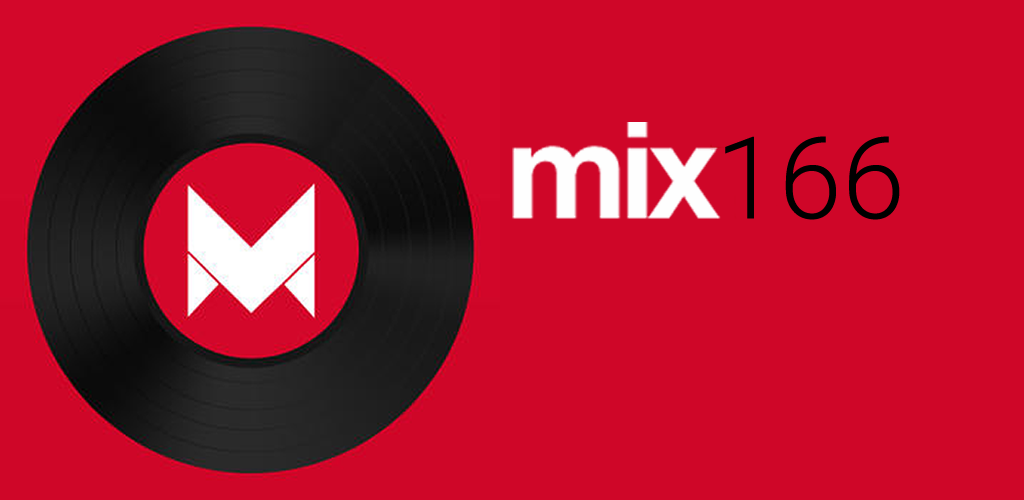Snapdragon 680 vs Helio G88: tests and benchmarks
Mục lục bài viết
Snapdragon 680 vs Helio G88

VS

Snapdragon 680
Helio G88
We compared two 8-core processors: Qualcomm Snapdragon 680 (with Adreno 610 graphics) and MediaTek Helio G88 (Mali-G52 MC2). Here you will find the pros and cons of each chip, technical specs, and comprehensive tests in benchmarks, like AnTuTu and Geekbench.
Key Differences
Main differences and advantages of each chip
Pros of Qualcomm Snapdragon 680
-
Has a smaller size transistor (6 versus 12 nm)
-
Developers optimize games for Snapdragon processors more often than for Helio
-
Supports 27% higher memory bandwidth (17 against 13.41 GB/s)
-
20% higher CPU clock speed (2400 vs 2000 MHz)
-
Shows better (up to 17%) AnTuTu 9 score – 268K vs 229K
-
Higher GPU frequency (~11%)
We may receive a commission from Amazon for purchases made using the links below.
Benchmarks
Performance tests in popular benchmarks
AnTuTu 9
The AnTuTu Benchmark measures CPU, GPU, RAM, and I/O performance in different scenarios
Snapdragon 680
Helio G88
CPU
82218
56707
GPU
50002
54234
Memory
67147
42227
UX
69303
77806
Total score
268284
229226
Submit your AnTuTu result
GeekBench 5
The GeekBench test shows raw single-threaded and multithreaded CPU performance
Single-Core Score
Snapdragon 680
Helio G88
Multi-Core Score
Snapdragon 680
Helio G88
Image compression
–
82.7 Mpixels/s
Face detection
–
9.99 images/s
Speech recognition
–
25.2 words/s
Machine learning
–
19.5 images/s
Camera shooting
–
9.38 images/s
HTML 5
–
1.41 Mnodes/s
SQLite
–
415.2 Krows/s
3DMark
A cross-platform benchmark that assesses graphics performance in Vulkan (Metal)
3DMark Wild Life Performance
Snapdragon 680
Helio G88
Stability
99%
98%
Graphics test
2 FPS
4 FPS
Score
442
717
Gaming
Table of average FPS and graphics settings in mobile games
PUBG Mobile
59 FPS
[Medium]
–
Call of Duty: Mobile
60 FPS
[Low]
–
Fortnite
23 FPS
[Low]
–
Shadowgun Legends
65 FPS
[Low]
–
World of Tanks Blitz
62 FPS
[Medium]
–
Genshin Impact
26 FPS
[Low]
–
Mobile Legends: Bang Bang
54 FPS
[Ultra]
–
Device
Xiaomi Redmi Note 11
1080 x 2400
–
We provide average results. FPS may differ, depending on game version, OS and other factors.
Specifications
Full list of technical specifications of Snapdragon 680 and Helio G88
CPU
Architecture
4x 2.4 GHz – Kryo 265 Gold (Cortex-A73)
4x 1.9 GHz – Kryo 265 Silver (Cortex-A53)
2x 2 GHz – Cortex-A75
6x 1.8 GHz – Cortex-A55
Cores
8
8
Frequency
2400 MHz
2000 MHz
Instruction set
ARMv8.2-A
ARMv8.2-A
Process
6 nanometers
12 nanometers
Graphics
GPU name
Adreno 610
Mali-G52 MC2
Architecture
Adreno 600
Bifrost
GPU frequency
1114 MHz
1000 MHz
Execution units
2
2
Shading units
96
32
FLOPS
–
62 Gigaflops
Vulkan version
1.1
1.1
OpenCL version
2.0
2.0
DirectX version
12
12
Memory
Memory type
LPDDR4X
LPDDR4X
Memory frequency
2133 MHz
1800 MHz
Bus
2x 16 Bit
2x 16 Bit
Max bandwidth
17 Gbit/s
13.41 Gbit/s
Max size
8 GB
8 GB
Multimedia (ISP)
Neural processor (NPU)
Hexagon 686
Yes
Storage type
eMMC 5.1, UFS 2.2
eMMC 5.1
Max display resolution
2520 x 1080
2520 x 1080
Max camera resolution
1x 64MP, 2x 16MP
1x 64MP, 2x 16MP
Video capture
1K at 60FPS
2K at 30FPS
Video playback
1080p at 60FPS
2K at 30FPS
Video codecs
H.264, H.265, VP8, VP9
H.264, H.265, VP9
Audio codecs
AIFF, CAF, MP3, MP4, WAV
AIFF, CAF, MP3, MP4, WAV
Connectivity
Modem
X11
–
4G support
LTE Cat. 13
LTE Cat. 7
5G support
No
No
Download speed
Up to 390 Mbps
Up to 300 Mbps
Upload speed
Up to 150 Mbps
Up to 100 Mbps
Wi-Fi
5
5
Bluetooth
5.1
5.0
Navigation
GPS, GLONASS, Beidou, Galileo, QZSS, SBAS, NAVIC
GPS, GLONASS, Beidou, Galileo
Info
Announced
October 2021
June 2021
Class
Mid range
Mid range
Model number
SM6225
MT6769H
Official page
Qualcomm Snapdragon 680 official site
MediaTek Helio G88 official site
Cast your vote
So, which SoC would you choose?
Snapdragon 680
(75.4%)
Helio G88
(24.6%)
Total votes: 2894











